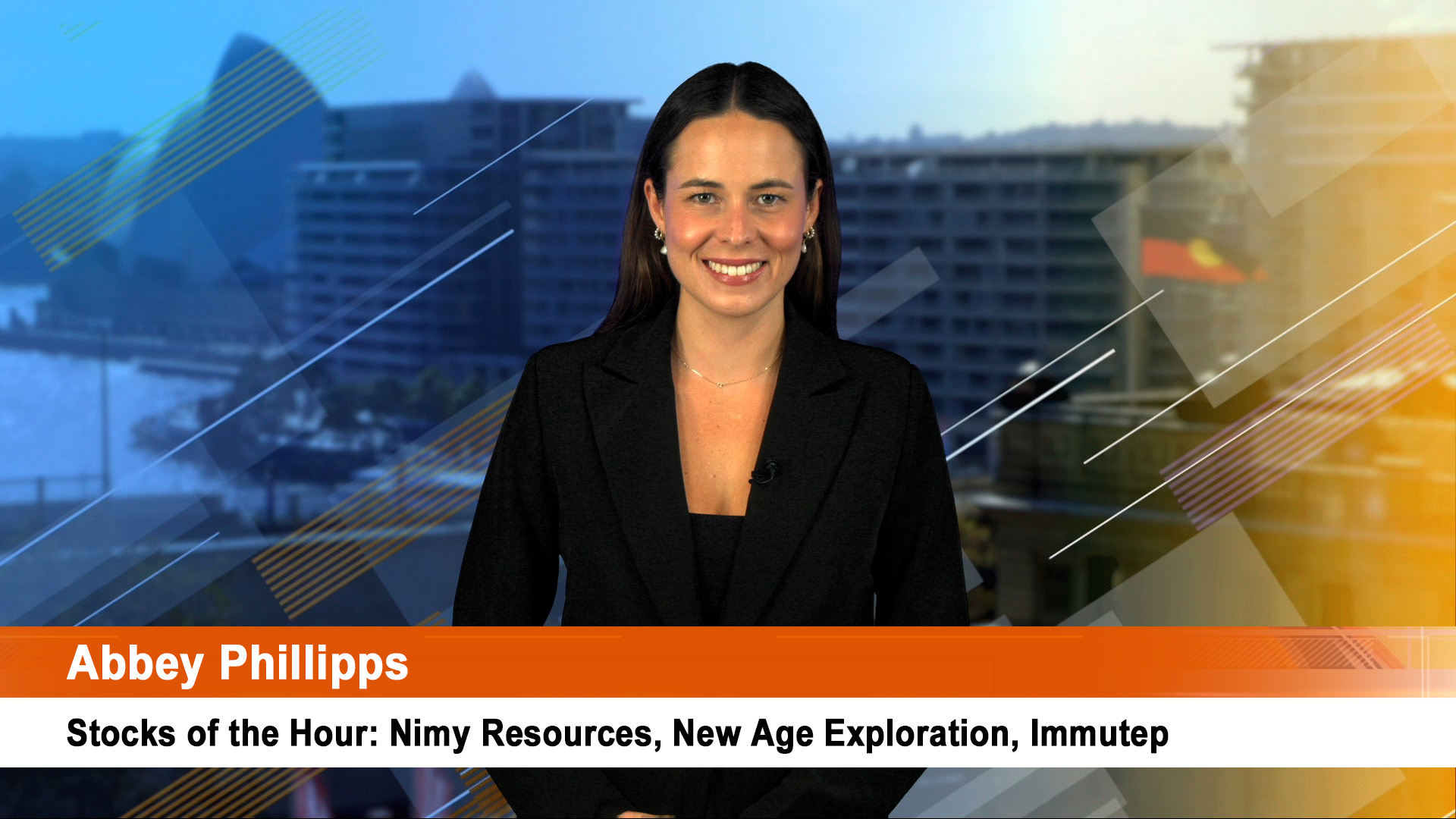Nearmap ((NEA)), despite no evidence of an impact on trading from the pandemic, is taking on a range of cost initiatives to set the mapping business up for a breakeven on cash flow by June 2020.
That said, some small customers are exposed to the impact of the pandemic and any requests for assistance are being considered on a case-by-case basis. Morgan Stanley points out Nearmap has been deemed an essential service as it helps customers adapt to remote working conditions by reducing the need for site visits. Survey flights are scheduled as normal.
Sales and marketing attention remains on verticals where there are strong growth opportunities. The savings initiatives include reduced executive remuneration, a -20% reduction in employee salaries for a period of six months, deferral of bonuses, and redundancies equating to around 10% of personnel.
New camera systems are also being delayed with a focus on maintaining existing systems. New sales are still likely, Citi asserts, particularly in sectors such as insurance, government and utilities. From a regional perspective, the broker assumes new business in New York is relatively more affected than the rest of the US and Australia.
Macquarie expects management’s decisions will provide increased confidence the business can withstand the current crisis and deliver growth as economies recover. Canaccord Genuity assesses the range of cost savings will neutralise the cash burn as FY21 commences.
Still, there is limited operating leverage for the foreseeable future and profit growth is likely to be offset by salary increases, back pay and expenditure and R&D increases, in the broker’s view. While cash flow may break even in the first half of FY21, Citi concurs that this could slip back to negative in the second half as investment is ramped up ahead of a return to a normal growth trajectory.
Up-selling customers through new product features has been a driver of growth especially in Australasia, and the broker expects some customers will increase usage because of the pandemic. However, up-selling is likely to be constrained by those customers reducing annual contract values, particularly as some are cutting the number of personnel.
Churn
Citi expects the cash balance will reduce to $31m by the end of FY21. The broker’s base case is that Nearmap does not require additional capital but the main risk is that churn could be higher than anticipated, and cash receipts lower as customers defer or delay payments.
Criteria in assessing the significance of any churn consist of whether customers consider Nearmap a critical solution or a “nice to have” solution, and this remains dependent on customer type.
Larger enterprises are envisaged less likely to experience churn, particularly those on multi-year deals and using premium content. The broker also expects a higher probability of churn among customers in solar, architecture, construction and engineering.
Investment View
Canaccord Genuity considers the investment thesis broadly unchanged, given the resilience of cloud-based subscription business models. Nearmap is still likely to emerge as an industry leader, having a unique first-mover advantage in delivering aerial imagery on a subscription basis.
The broker, not one of the seven monitored daily on the FNArena database, has a Buy rating and $2.50 target. There are three Buy ratings on the database, with a consensus target of $2 suggesting 63.9% upside to the last share price.
Citi adds a High Risk to its Buy rating, expecting weak economic conditions will negatively affect growth over the next 6-12 months. The broker accepts the company’s cost reductions are prudent, as there is sufficient liquidity to invest in growth when economic conditions become better.
Citi outlines three reasons to buy the stock including its market-leading profitable Australian business, a scalable business model and an under-penetrated opportunity in the US.













